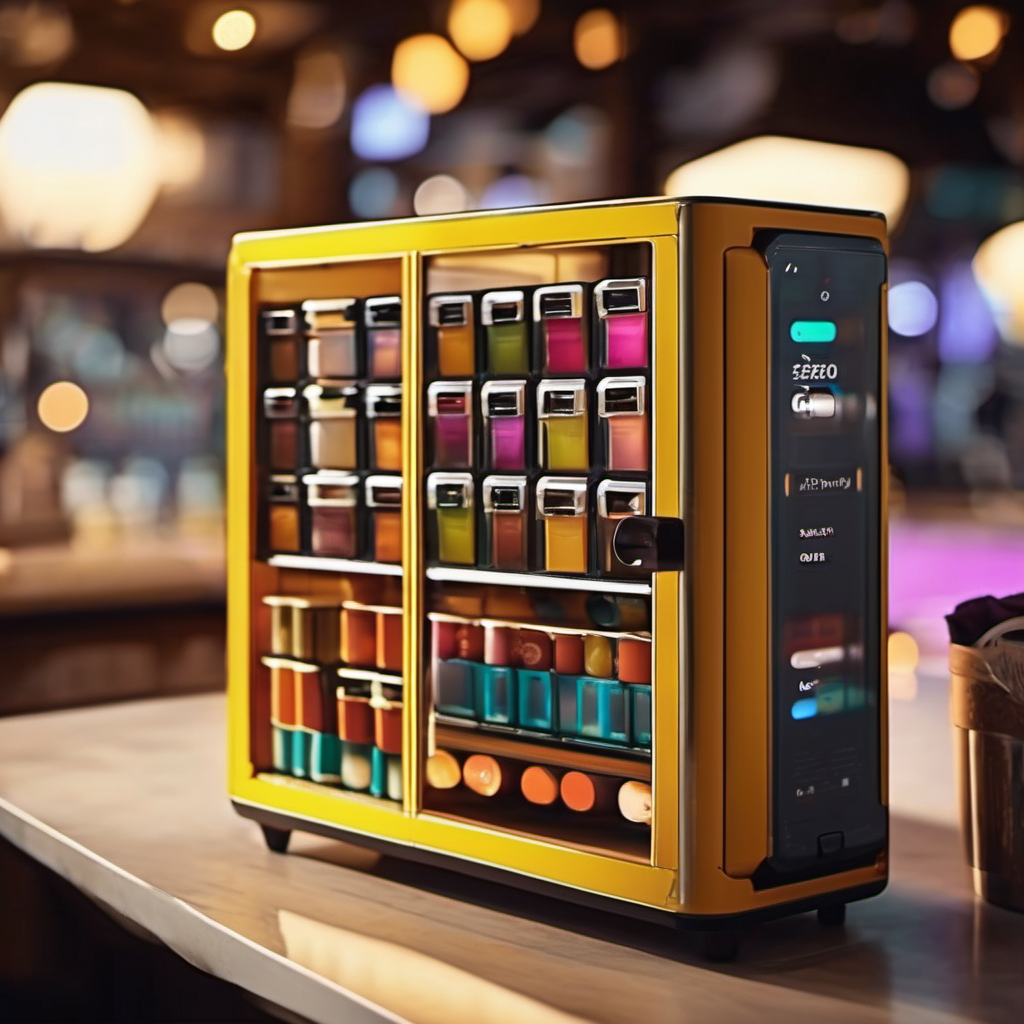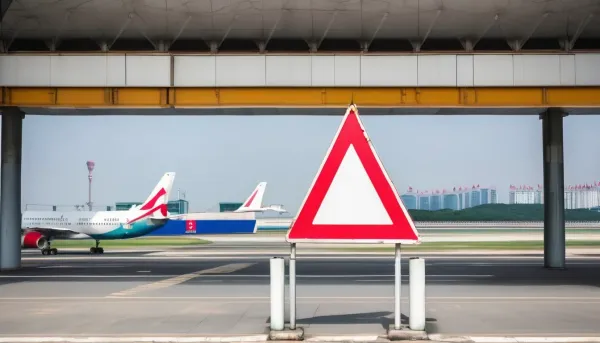The Convenience and Trap of Using Shared Power Banks
The shared power bank system in China is a brilliant solution to the modern problem of smartphone battery life, especially for tourists who are constantly on the move. But wait, there might be a trap...

China's rapid technological advancements have revolutionized many aspects of daily life, and one of the most significant conveniences for both locals and tourists is the availability of shared power banks. These shared power banks are ubiquitous, found in shopping malls, restaurants, shops, high-speed rail stations, and subway stations, making them incredibly convenient for people on the go. The basic model is simple: power bank stations, which contain dozens of fully charged power banks, are installed at various locations. Consumers can unlock and use these power banks by scanning a QR code with Alipay or WeChat. The cost is typically 3-5 RMB per hour, which equates to about 0.42-0.70 USD. While this is a highly convenient service, especially for international tourists, it comes with potential pitfalls that users should be aware of.
The Essential Convenience
For international tourists, the shared power bank system can be a lifesaver. When traveling in China, tourists often spend the entire day outside, taking videos, photos, using maps for navigation, making phone calls, sending social media updates, and scanning QR codes for payments. All these activities can quickly drain a smartphone's battery. Having the ability to charge a phone on the go is crucial. Shared power banks offer a solution to this problem by providing a convenient way to keep devices powered throughout the day. Tourists can pick up a power bank at one location and return it at another, as long as they manage their time well. For example, refueling your phone from zero to hundred percent only needs two hours, and costs around 8-10 RMB (approximately 1.12-1.40 USD), which is a reasonable price for the convenience it offers.
The Hidden Trap
However, there is a hidden trap that users need to be aware of, particularly when dealing with lesser-known brands of shared power banks. These smaller brands often have fewer stations, which can make returning the power bank a challenge. Sometimes, users may find themselves running to three or four different locations only to discover that all the power bank slots are full, making it impossible to return the device. This situation can be frustrating, and there's often no assistance available from the staff of the establishments where the power banks are located, as they have no control over the station's capacity.
This difficulty in returning the power bank can lead to continuous charges. If a user is unable to return the power bank within 24 hours, the hourly fee can add up to a substantial amount. At a rate of 5 RMB per hour, 24 hours of use would cost 120 RMB (approximately 16.80 USD), which is more than the cost of purchasing a new power bank. In many cases, users find themselves forced to buy the power bank outright for around 100 RMB (approximately 14 USD) just to stop the continuous charges. While 14 USD might not seem like a lot, it is an unnecessary expense and an additional item to carry.
Recommendations for Travelers
To avoid these issues, here are some recommendations for travelers:
- Bring Your Own Power Bank: The simplest solution is to bring your own power bank from home. This way, you are always prepared and don’t have to rely on shared power banks.
- Buy a Power Bank Upon Arrival: If you don’t want to carry a power bank on the plane, you can easily purchase one after arriving in China. Power banks in mainland China are affordable and typically cost less than 20 USD.
- Seek Assistance at Hotels and Restaurants: Many hotels and restaurants in China are equipped with charging stations or might have spare chargers and power banks that guests can borrow. It’s always a good idea to ask the staff for help if you need to charge your device.
- Choose Major Brands: If you must use a shared power bank, opt for well-known brands. Major brands have a more extensive network of stations, reducing the likelihood of encountering full stations and making it easier to return the power bank. Well-known brands like Anker, Meituan, and Xiaodian are more reliable and have better support infrastructures.
Understanding the Market Dynamics
Store owners can adjust the rates and billing times of their shared power banks, with most charging between 3 to 4 RMB per hour. This flexibility allows businesses to cater to different customer needs and market demands. However, it also means that users need to be vigilant about the rates being charged and ensure they understand the cost structure before using the service.
Conclusion
The shared power bank system in China is a brilliant solution to the modern problem of smartphone battery life, especially for tourists who are constantly on the move. It provides an essential service that allows people to stay connected and make the most of their travels. However, users need to be cautious and aware of the potential traps, particularly with smaller brands. By following the recommendations provided, travelers can enjoy the convenience of shared power banks without falling into costly pitfalls. Bringing a personal power bank or purchasing one upon arrival, seeking assistance from hotel or restaurant staff, and choosing major brands can help ensure a smooth and hassle-free experience. With these precautions in mind, the shared power bank system can indeed be a lifesaver for anyone traveling in China.



